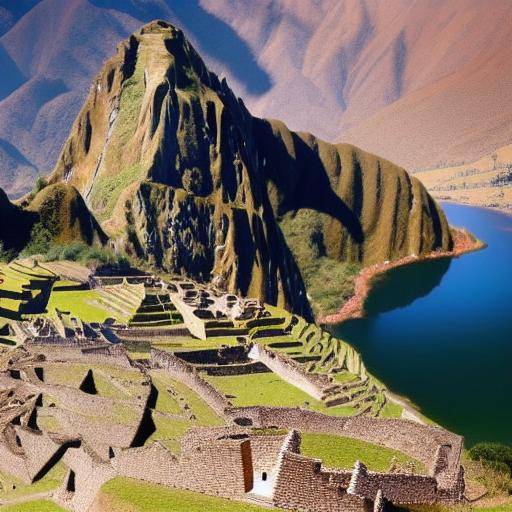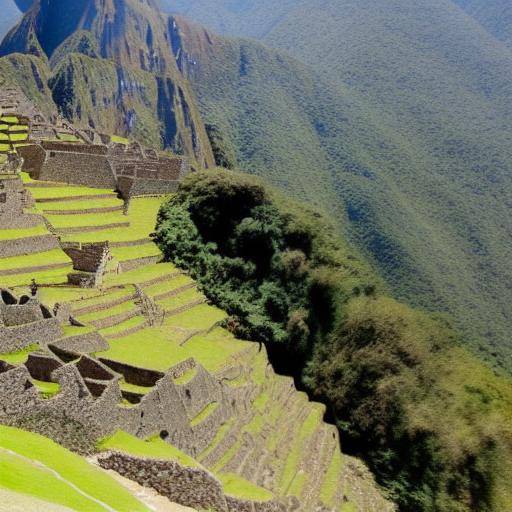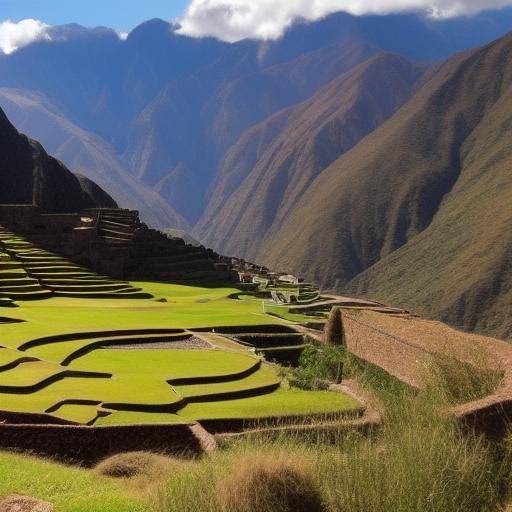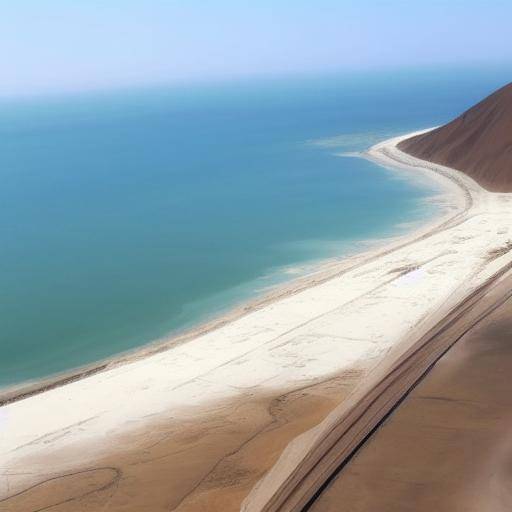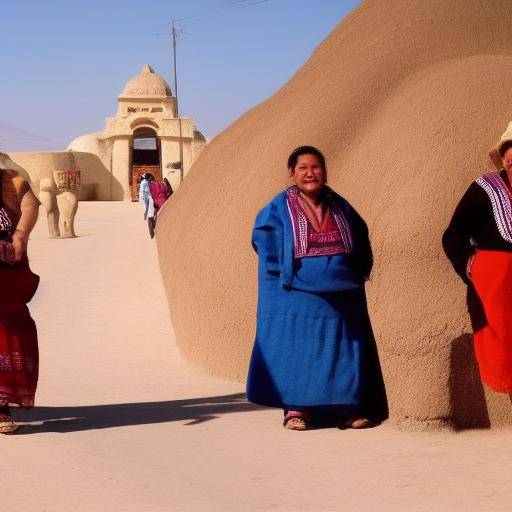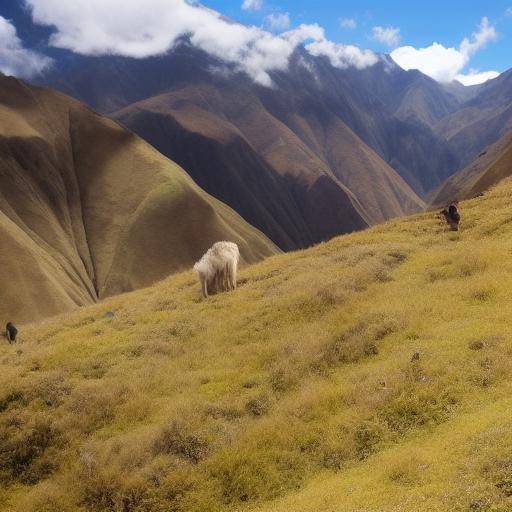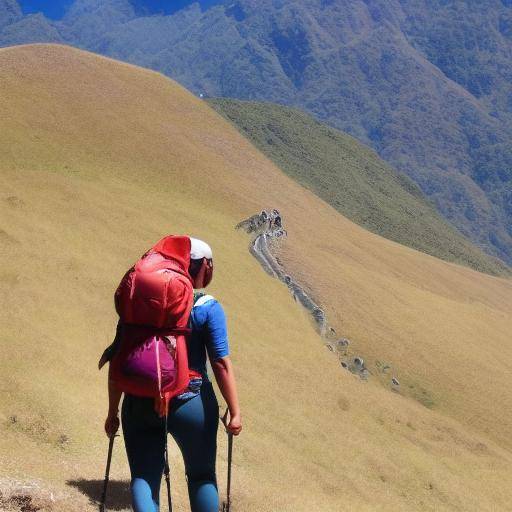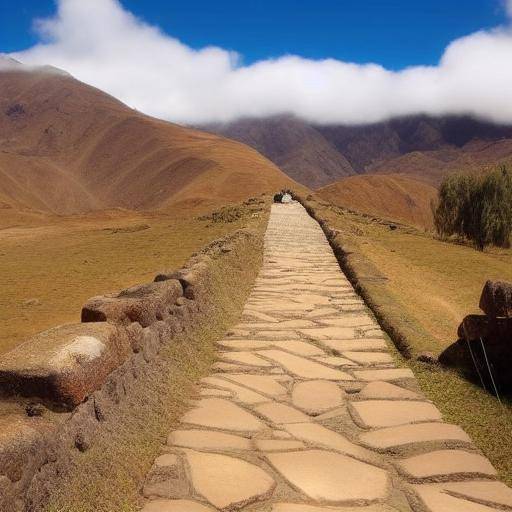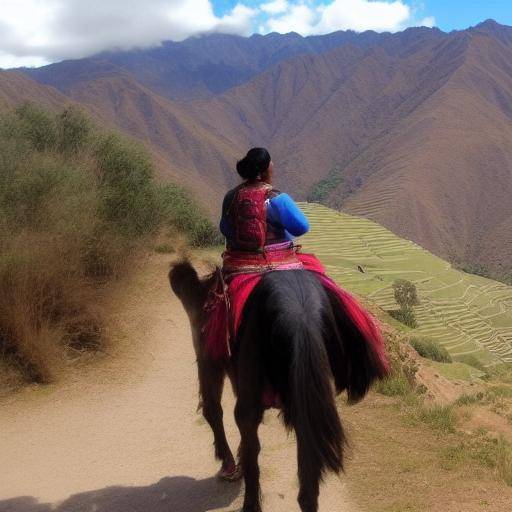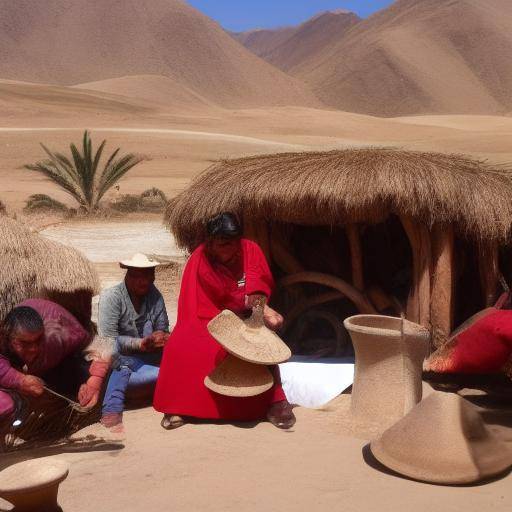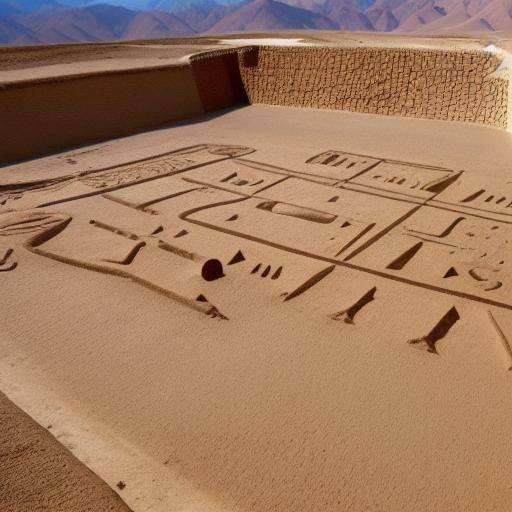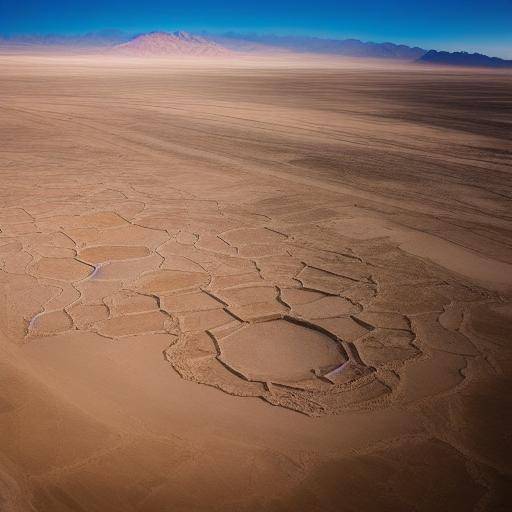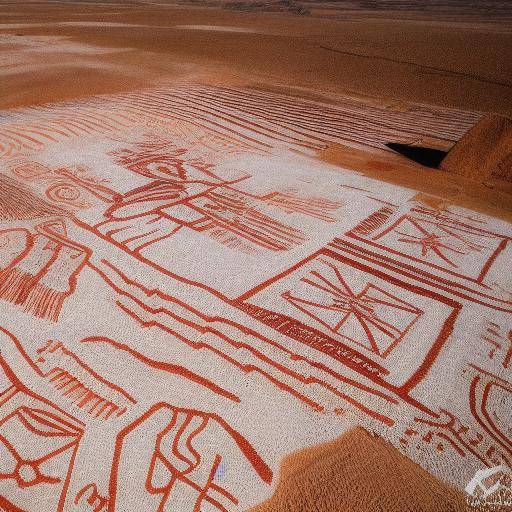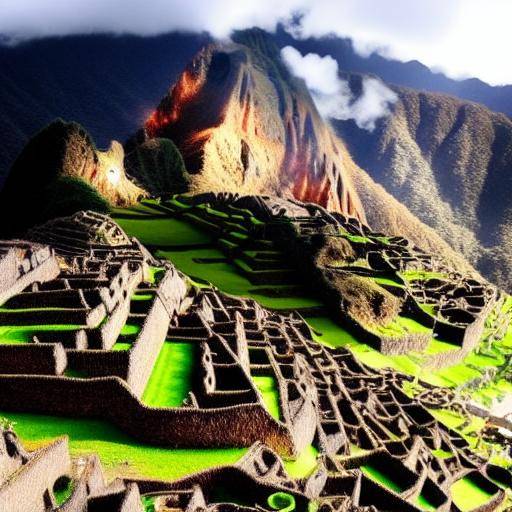
Introduction
The Camino del Inca in Peru is more than a tourist circuit. It is a unique scenario where millennial history, the imposing nature and opportunities for sustainable development converge. In this article, we will explore in detail the tourist opportunities on the Camino del Inca, highlighting how local entrepreneurship and sustainable businesses can boost significant growth in the region. From its ancestral history to future trends, this comprehensive analysis offers valuable insights for all stakeholders in sustainable tourism, the local economy and the preservation of cultural heritage.
History and Background
The Inca Way is much more than a set of old paved routes, it is the monumental legacy of an extraordinary civilization. Known as "Qhapaq Ñan" in quechua, this road system of more than 30,000 kilometers connected the vast territories of the ancient Tahuantinsuyo, the Inca Empire, facilitating not only transport, but also communication and commerce. These routes still marvel at their engineering and historical significance, having played a crucial role in the integration and expansion of the empire, marking a milestone in the history of pre-Hispanic America. It is crucial to understand the depth of its roots to appreciate the cultural wealth and tourist potential it currently offers.
We will explore key dates such as the foundation of the Inca Empire, the construction of the Inca Way, and its communications network throughout the empire. We will also examine the important milestones in the research and preservation of this legacy, including significant archaeological discoveries, which add additional chapters to its history. This historic tour will allow us to better understand the importance of the Inca Way for Peruvian identity and its opening to sustainable tourism.
Analysis in Deep
The present and future of the Camino del Inca in the context of sustainability and tourism is a topic of great relevance. This analysis will explore the economic and social benefits that tourism has enhanced in communities along this route. Evidence of the challenges and opportunities facing sustainable entrepreneurship will be studied, and real examples will be presented to illustrate the interaction between tourism and local development.
Current statistics on the impact of tourism in the region will be presented, highlighting economic growth, job creation, and strengthening local cultural identity. Situations will be addressed where the balance between heritage preservation and income generation has been successfully achieved, providing a model for future initiatives and projects.
We will interview experts in sustainable tourism, inca culture, and local development to obtain valuable insights into the current state and future trends. These authorized voices will provide informed opinions on the opportunities and challenges that communities face in the management of tourism on the Camino del Inca, offering a comprehensive and informed view of the situation.
Comprehensive review
In this section, we will explore best practices in the field of sustainable tourism, highlighting cases of success and examples where public-private collaboration has been a key factor in the responsible development of tourism in the Camino del Inca region. We will present a detailed analysis of the strategies implemented to safeguard natural and cultural resources, while promoting equitable and sustainable economic growth. We will also examine the challenges and ethical dilemmas in the tourism management of archaeological sites, proposing innovative approaches and practical solutions.
At the same time, different sustainable tourism initiatives will be compared and contrasted, highlighting successful approaches and lessons learned. It will investigate how collaboration with local communities, the promotion of indigenous crafts and gastronomy, and the dissemination of ancestral knowledge contribute to authenticity and enriching experience for visitors. Environmental sustainability, conservation policies, and responsible waste management will also be addressed in this comprehensive analysis, highlighting the importance of preserving the natural environment and its biodiversity.
Comparative analysis
In this section, comparisons will be established between the Camino del Inca and other tourist destinations, both within Peru and internationally, to highlight the distinctive attributes and unique challenges it presents. Similarities and differences in management, economic and social impact, heritage preservation, and community participation will be identified, offering a global perspective on understanding the dynamics of sustainable tourism in diverse contexts.
Possible synergies will be explored between the Camino del Inca, other sites of historical and cultural interest in Peru, and sustainable business practices, examining cases where collaboration among multiple actors has generated positive results and a multifaceted impact. The objective is to present a holistic approach that highlights the interconnection between sustainable tourism, cultural heritage, and local development.
Practical Tips and Accessible Tips
This section will offer a series of practical tips for entrepreneurs interested in investing in sustainable tourism in the Camino del Inca region, as well as for travelers who wish to experience this historic route responsibly. The tips will be presented in the form of numbered lists or vineyards for easy understanding and access.
Step-by-step guides will be included to establish sustainable businesses, advice for the conscious traveler, suggestions for responsible consumption, and considerations for respect and preservation of cultural heritage. The recommendations will be supported by concrete examples and ethical considerations to help stakeholders make informed and ethical decisions.
Industry Perspectives and Expert Reviews
This section will highlight the visions and forecasts of experts and leaders in sustainable tourism, local development and cultural heritage. Through interviews, emerging trends, anticipated challenges, technological innovations and creative strategies will be revealed that will influence the future of tourism on the Inca Road, offering a projected vision for the interested reader.
The implications and potential impacts of current trends in the tourism sector will be discussed at both the national and global levels, with an emphasis on their connection to the sustainability and preservation of cultural heritage. The analysis will be supported by data, case studies and expert recommendations in the field.
Case Studies and Practical Applications
In this section, detailed studies and concrete examples of sustainable tourism initiatives will be presented on the Camino del Inca. The approaches, strategies, and results obtained by entrepreneurs and entities in the region will be analyzed, contextualizing their impact on economic development, cultural heritage conservation, and community participation.
Case studies will focus on innovative business practices, local development programmes, and authentic tourist experiences that have achieved the balance between profitability and sustainability. Lessons learned and challenges overcome will be highlighted, providing valuable knowledge for those interested in replicating or developing similar initiatives in comparable contexts.
Future Trends and Predictions
This section will explore emerging trends and predictions for the future of sustainable tourism on the Camino del Inca and Peru in general. Perspective analysis will be offered based on current data, projections and expert opinion, shedding light on aspects such as technology applied to sustainable tourism, the evolution of traveler preferences, and the environmental and social challenges that will impact the tourism industry in the future. The section will conclude with clear and practical recommendations for those seeking to adapt to a constantly evolving tourist landscape.
Conclusions and FAQs
Conclusions
To close, the most relevant points of the analysis will be recapitulated, emphasizing the importance and potential of sustainable tourism on the Camino del Inca. The critical role of local entrepreneurship and sustainable business in strengthening the regional economy and preserving an invaluable cultural heritage will be highlighted. A call to action will be made, inviting readers to engage with responsible practices in their future interaction with the Inca Road and other sustainable tourist destinations.
Frequently asked questions
1. What are the main sustainable tourism practices on the Camino del Inca?
- Detailed response addressing heritage conservation, community participation, and environmental considerations.
2. What are the most significant challenges for the development of sustainable tourism on the Camino del Inca?
- Analysis of socio-economic challenges, management of tourist influx, and preservation of the natural environment.
3. How can local entrepreneurs benefit from sustainable tourism in the Camino del Inca region?
- Exposure of participation opportunities, business development strategies, and potential partnerships.
4. What is the impact of sustainable tourism on local communities along the Inca Road?
- Exploration of socioeconomic benefits, preservation of local culture, and challenges of community empowerment.
5. What are the effective measures to preserve and protect the Inca Road from the negative impact of tourism?
- Details on regulations, visitor management, and conservation practices.
6. What is the factor that makes the Camino del Inca distinctive compared to other tourist destinations in Peru?
- Comparison of unique attributes, cultural heritage, and sustainable development potential.
As we enter the exciting world of sustainable tourism on the Inca Road, it is clear that opportunities are abundant and the potential for economic, social and cultural growth is promising. By focusing our efforts on the preservation of this ancestral legacy and the promotion of sustainable business practices, we can catalyse local development, while providing meaningful and respectful experiences for visitors. The commitment to sustainability and the celebration of cultural wealth are the pillars that support the vibrant and equitable future of tourism on the Camino del Inca and its surroundings.
With this article, it seeks to inspire entrepreneurs, travelers, authorities and culture lovers to explore the potential of sustainable tourism on the Camino del Inca, assuming a shared commitment to a future in which cultural heritage and economic development are harmoniously intertwined.


